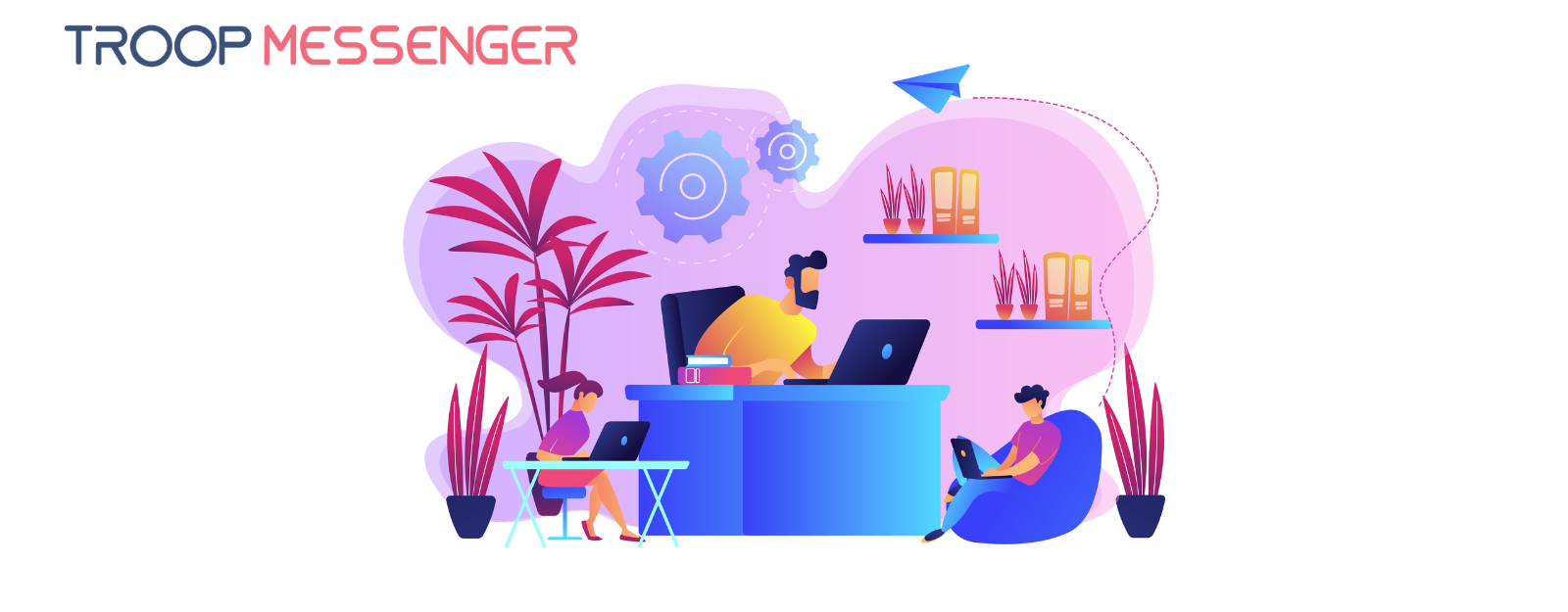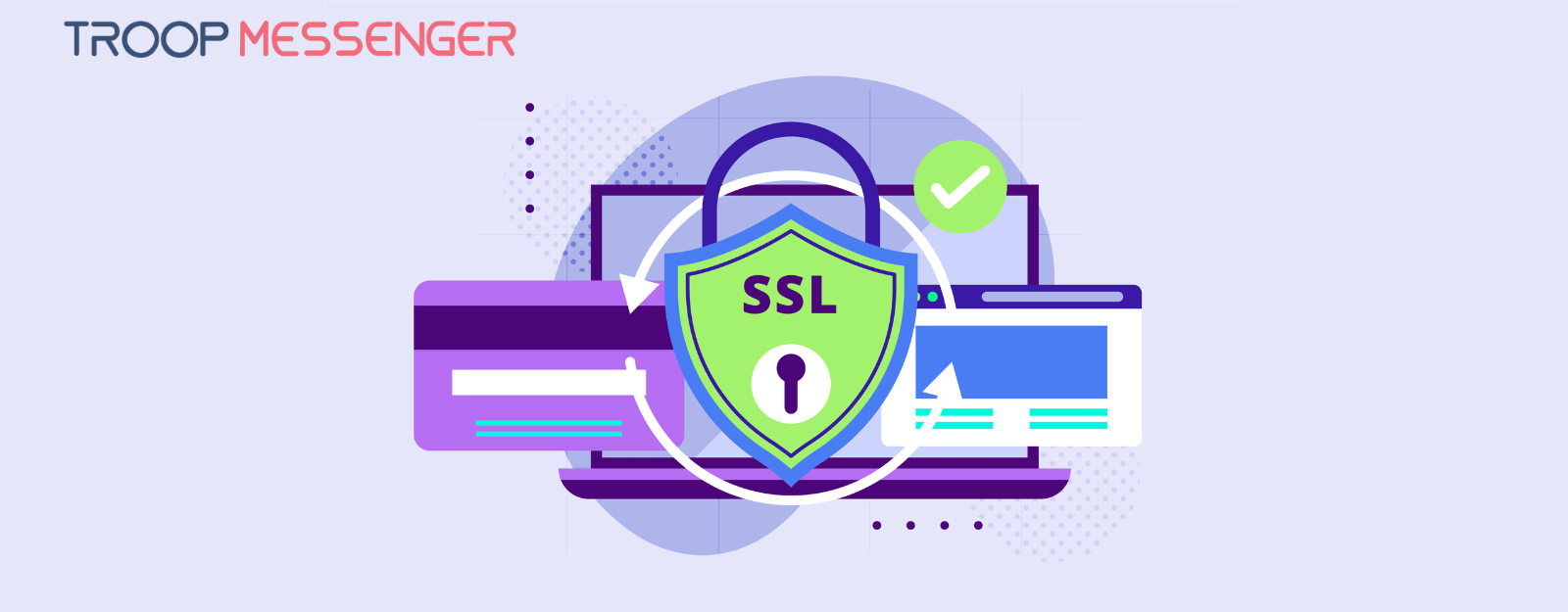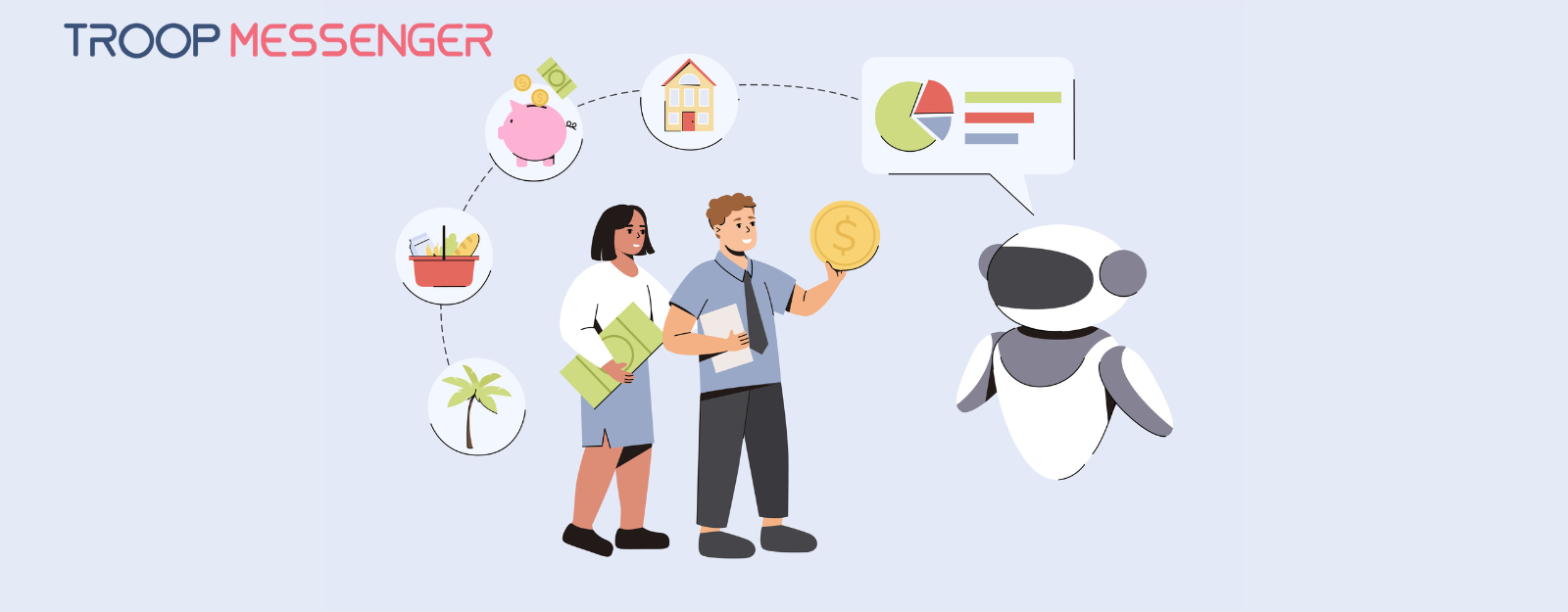Connect with us

Maximizing Motivation and Productivity in The Workplace: Strategies and Insights
In an ever-evolving workplace, the importance of employee motivation and productivity cannot be overstated. Implementing an effective motivation strategy plays a crucial role in the overall success of any organization. Whether you are looking to create a messaging app to improve internal communication or exploring various motivational techniques and strategies for both individual employees and teams, this article will guide you through the essentials. We will delve into the role of a positive work environment, and how to foster career development and ensure work-life balance for maximized productivity and motivation.
Understanding Motivation in the Workplace
Before diving into the strategies, it's crucial to understand what motivation is and how it functions in the workplace.
The Basics of Employee Motivation
Employee motivation is the psychological force that drives individuals to perform tasks that lead to a desired outcome. This motivation is essential for increased productivity. When employees are motivated, they are more likely to put in extra effort, stay focused, and achieve better grades in their performance evaluations.
Types of Motivation
To implement an effective motivation strategy in the workplace, one needs to understand the different types of motivation. These can broadly be categorized into extrinsic rewards and self-motivation. Extrinsic rewards like bonuses and promotions often provide quick boosts in motivation levels, but self-motivation is more sustainable in the long run.
Strategies for Motivating Employees
After understanding what motivation involves, the next step is to consider the variety of strategies available for motivating employees.
Employee Motivation Strategies
Various employee motivation strategies can have a direct effect on how engaged and productive a workforce is. Among effective strategies are offering flexible scheduling, promoting a sense of self-worth, and providing opportunities for career advancement. These elements not only increase motivation but also contribute to the best interests of the employees.
Motivational Techniques
Motivational techniques such as setting realistic goals, providing frequent feedback, and offering certification courses are pivotal for keeping people motivated. These techniques give employees the tools they need to self-regulate, develop new skills, and, in the long run, contribute more effectively to the company’s goals.
How to Motivate Your Team
When it comes to team motivation, it's not just about motivating individual employees but creating a cohesive unit that works towards shared objectives. Team motivation strategies include fostering positive relationships among team members and building a sense of collective self-efficacy, ensuring that the team as a whole is more productive.
Creating a Positive Work Environment
Creating a positive work environment is indispensable for maintaining high levels of motivation among employees. This goes beyond the mere aesthetics of the workspace to include interpersonal relationships and communication and boosts productivity work. and overall company culture.
Importance of a Positive Work Environment
A positive work environment not only boosts employee motivation but also has a direct effect on productivity. Employees feel more valued and committed, which minimizes negative consequences such as high turnover rates or frequent absenteeism. By integrating such messaging app features like real-time chat and group messaging into the company's communication tools and platforms, employees can easily connect and collaborate, fostering a sense of unity and belonging.
Work-Life Balance
Work-life balance is more than just a buzzword; it's a critical factor in employee motivation. When employees feel they have a good balance between their professional and personal lives, it increases their motivation levels and overall happiness. Flexible scheduling options and the ability to work remotely can greatly contribute to achieving this balance.
Positive Relationships
Building positive relationships within the workplace can enhance both self-worth and motivation. Effective strategies for achieving this include open communication, mutual respect, and a culture that values each individual’s contributions.
The Role of Feedback
Feedback is a powerful tool for not only correcting behaviors but also for enhancing motivation and productivity.
Positive and Negative Feedback
Feedback, whether positive or negative, can be instrumental in either fostering self-efficacy or having a negative impact on motivation. Negative feedback, when provided constructively, can be just as beneficial as positive praise for the improvement and advancement of employees.
Frequent Feedback
Frequent feedback is an essential component of a robust motivation strategy for employees. This practice keeps people motivated and informed about their performance, which is especially crucial when they are working on complex tasks or projects.
Career Development and Learning
Continual development and the opportunity to learn new skills can significantly affect how motivated employees feel about their jobs.
Career Advancement
Career advancement is often a strong motivator. Opportunities for career development not only provide a pathway for better grades and performance but also significantly contribute to increased motivation and productivity.
Learning Strategies and Certification Courses
Effective learning strategies, such as offering certification courses and encouraging the development of new skills, not only benefit the employee but also contribute to the organization’s success.
Flexibility and Remote Working
As we advance further into the digital age, flexible scheduling and remote working have become more prevalent. Understanding how to maintain motivation in such a landscape is crucial for long-term success.
Flexible Scheduling
Flexible scheduling allows employees to tailor their work hours to best suit their needs, which can enhance self-regulation and focus. This form of scheduling has a direct and positive effect on motivation levels and overall productivity.
Remote Working
Remote working has been a growing trend, accelerated by various global events. While it offers numerous advantages such as saving commute time and fostering work-life balance, it also presents challenges in keeping employees motivated. Effective strategies for motivating remote workers include setting time-bound tasks, providing frequent feedback, and creating opportunities, establishing a collaborative work culture for virtual team-building activities. Also, if you hire dedicated developers to work for you on a remote basis, think about providing opportunities for virtual team-building activities.
Setting Goals and Measuring Productivity
Without clear, realistic goals and a way to measure progress, it’s challenging to maintain high motivation levels among your team.
Realistic and Time-Bound Goals
Setting realistic, time-bound goals is essential for keeping your team focused and motivated. These targets provide opportunities for both individual and team achievements, which in turn boost motivation levels and contribute to the overall success of the company.
Measuring Productivity
Being able to measure productivity effectively is a vital component of any motivation strategy in the workplace. Using an automated time tracker can simplify logging hours and give managers clear visibility into daily workflows, helping them understand productivity patterns and optimize team performance.Utilizing metrics that are aligned with organizational objectives can give you a clearer picture of how well your motivational techniques and strategies are working.
How Popular Companies Increase Motivation and Productivity
To better illustrate the effectiveness of various motivation strategies and techniques, let's delve into some real-world examples of how prominent companies have successfully boosted their employees' motivation and productivity.
Google: Employee Autonomy and Career Advancement
Google, one of the most successful tech companies in the world, is famous for its work environment. They offer flexible scheduling and various opportunities for career advancement, which directly impacts employee motivation and productivity. Google allows employees to spend 20% of their time on personal projects, empowering them to be creative and to develop new skills, which in turn benefits the company.
Netflix: Fostering a Positive Work Environment
Netflix culture of “freedom and responsibility” has been widely discussed. The company promotes a positive work environment through transparent communication and a focus on performance rather than hours spent in the office. This fosters a sense of self-worth and helps employees stay motivated and productive.
Salesforce: Frequent Feedback and Recognition
Salesforce is known for its unique approach to providing frequent feedback. Through a platform called #SalesforceOhana, employees can receive real-time feedback from peers and managers. This system not only keeps people motivated but also helps them understand where they can improve, thereby fostering a cycle of self-efficacy and constant advancement.
Zappos: Creating a Culture of Customer and Employee Happiness
Zappos places a significant focus on company culture and customer service, seeing both as vital to its overall success. The company offers various extrinsic rewards, including bonuses and a comprehensive benefits package, to keep motivation levels high. Employees are also encouraged to take certification courses to further their career development, which contributes to increased motivation and productivity.
Buffer: Remote Working and Work-Life Balance
Buffer, a social media management platform, is entirely remote and provides employees with the flexibility they need to maintain a healthy work-life balance. They also offer regular retreats and virtual team-building activities to keep remote workers motivated. This shows that even in a remote setting, effective motivation strategies can keep productivity high.
These examples showcase how implementing effective motivation strategies and creating a positive work environment can significantly impact both employee motivation and productivity. From providing career advancement opportunities to fostering a culture of continuous feedback and learning, these companies demonstrate that keeping employees' best interests in mind leads to a more motivated and productive workforce.
By learning from these industry leaders, you can implement similar strategies in your own organization, helping you to maximize motivation and productivity as you navigate the challenges and opportunities of 2023 and beyond.
Conclusion
Motivating employees and maximizing productivity is an ongoing process that requires a well-thought-out motivation strategy. By understanding the basics of motivation, employing a variety of motivational techniques, and creating a positive work environment, you can ensure that your team is motivated and productive. Moreover, the role of feedback, providing team communication tools like Troop Messenger, career development opportunities, and flexibility can't be ignored in keeping your workforce motivated.
Always remember, that the best interests of your employees are also in the best interest of your organization. A highly motivated workforce can drastically improve productivity and contribute positively to the company's overall success.








